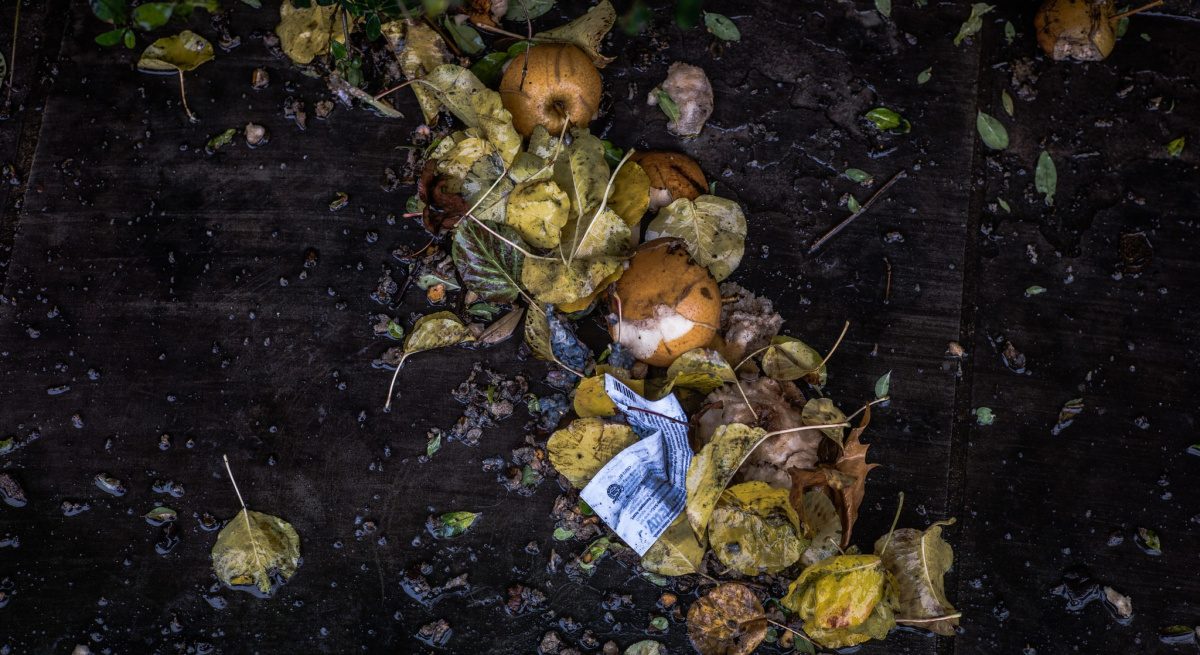From Surviving to Thriving: Re-Capturing Potential Lost Expense in Food Waste
3 Min Read By Matthew S. Hollis
While the primary concern during the coronavirus (COVID-19) pandemic should be physical health and getting food to people in order for them to stay alive and healthy, the impact of the virus on the restaurant industry has been tremendous. Restaurants are an essential part of the food supply chain to millions of Americans every year. However, according to the USDA, up to 40 percent of the nation’s food supply is wasted each year - the economic equivalent of approximately $161 billion. As businesses, schools, government entities, and other public places, have been shutting down, many families are packing their pantries using grocery stores.
With government mandates on social distancing, it has taken the restaurant industry into a new operating environment. Still an essential part of the supply chain, the products that restaurants offer are more than just food. It’s a sense of normalcy and emotional support to clients in a time of extreme uncertainty. Now, more than ever, is the time…
Sorry, You've Reached Your Article Limit.
Register for free with our site to get unlimited articles.
Already registered? Sign in!


